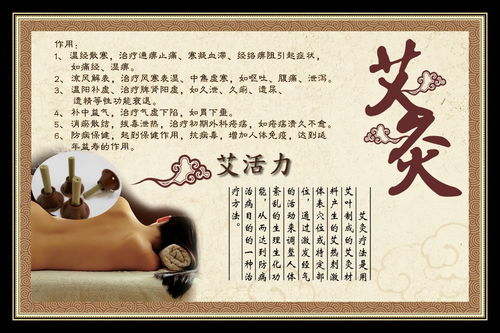高尔夫球赛开球仪式
Title: The Role of Teeing Off in Golf
In the world of golf, teeing off marks the beginning of each hole and plays a crucial role in determining a player's performance throughout the game. Let's delve into the significance of teeing off and its impact on a golfer's strategy and success.
Understanding Teeing Off:
Teeing off refers to the action of hitting the first shot of each hole from a designated area called the tee box. The tee box is a small, flat area usually elevated slightly above the fairway, offering players a stable platform to launch their shots. Golfers commonly use a tee, a small peg, to elevate the ball off the ground, providing them with a better angle and control over their shots.
Importance of Teeing Off:
1.
Initial Positioning:
The tee shot sets the stage for the entire hole. A wellexecuted tee shot can provide a golfer with a strategic advantage by positioning the ball closer to the fairway or green, reducing the number of subsequent shots required to complete the hole.2.
Distance Advantage:
A successful tee shot with significant distance can shorten the length of the hole, allowing players to reach the green with fewer strokes. Distance off the tee is particularly advantageous on long par4s and par5s, where golfers aim to cover as much ground as possible with their initial shot.3.
Accuracy and Placement:
While distance is important, accuracy is equally crucial. Golfers must navigate obstacles such as bunkers, water hazards, and outofbounds areas strategically. A precise tee shot that avoids hazards and lands in the fairway increases the likelihood of a favorable approach to the green, leading to lower scores.4.
Mental Game:
Teeing off also has a psychological aspect. A successful tee shot can boost a player's confidence, setting a positive tone for the rest of the hole. Conversely, a poor tee shot may introduce doubt and pressure, potentially affecting subsequent shots.Strategies for Effective Tee Shots:
1.
Club Selection:
Choosing the right club for the tee shot depends on factors such as the distance of the hole, the layout of the course, and the golfer's individual strengths. Drivers, also known as "woods," are commonly used for maximum distance off the tee, while shorter holes may require irons or hybrids for accuracy and control.2.
Understanding Course Layout:
Golfers should assess the layout of each hole, taking note of hazards, doglegs, and other obstacles that may influence their tee shot strategy. Strategic positioning can optimize the angle of approach for subsequent shots, increasing the likelihood of success.3.
Focus on Fundamentals:
Proper technique is essential for consistency and accuracy off the tee. Golfers should focus on fundamentals such as grip, stance, alignment, and tempo to ensure a solid strike and optimal ball flight.
4.
Risk Management:
In some situations, the best strategy may involve playing conservatively to avoid highrisk areas, even if it means sacrificing distance. Assessing risk versus reward is key to making informed decisions on the tee box.Conclusion:
Teeing off is more than just the beginning of a golf hole—it's a critical juncture that sets the stage for success or challenges ahead. By understanding the importance of tee shots and implementing effective strategies, golfers can enhance their performance, navigate the course strategically, and ultimately improve their overall game. Mastering the art of teeing off requires a combination of skill, strategy, and mental fortitude, making it a fundamental aspect of the sport of golf.











